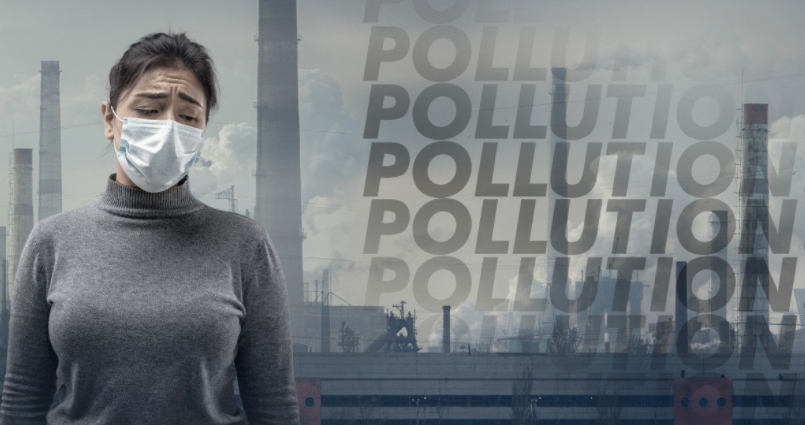
An international team of scientists, led by Nanyang Technological University, Singapore (NTU Singapore), has connected increased air pollution to an increase in cases of lung adenocarcinoma (LADC) around the world.
The same study also concluded that an overall lower consumption of tobacco worldwide is statistically linked to less people contracting lung squamous cell carcinoma (LSCC).
Lung adenocarcinoma is a type of cancer. The researcher strongly suggest that lung adenocarcinoma factor because of genetic, environmental and lifestyle. Lung squamous cell carcinoma is regularly connected to a history of smoking.
Global statistics have highlighted the trends of lung cancers, but understanding what may be causing them has been unclear, until the NTU-led study, which has related the incidence of cancers to tobacco consumption and air pollution.
NTU’s senior vice president (health and life sciences), Professor Joseph Sung said, “in our study, we were able to determine that the global increase of lung adenocarcinoma is likely related with air pollution. It has always been unclear, in the past decades, why we are seeing more females and more non-smokers developing lung cancer worldwide.
Joseph who led the study said, ” Our study focuses to the importance of environmental factors in the causation of specific types of lung cancer.”
The study give the reason as for the rising trend of lung adenocarcinoma, despite the decreasing trend of smoking. The findings pinpoint the necessity and urgency to reduce air pollutant emissions especially black carbon.
The connection between lung cancers and black carbon also varies between different gender s across different continents. For example, the connection between the pollutant and the incidence of both LADC and LSCC was stronger in females than in males.
The rising incidence of LADC is also particularly prominent in Asia, where emissions of black carbon and sulfate have been on the rise.
LADC among males in Asia saw the largest increasing trend, increasing by 24 per cent yearly, mainly contributed by prominent rises in Japan (38 per cent yearly) and South Korea (36 per cent yearly) showing a clear increasing trend.
For females in Asia, LADC increased by 25 per cent yearly, with both Japan (43 per cent yearly) and South Korea (36 per cent yearly) showing a clear increasing trend.
The combustion of fossil fuel or transportation has long been known as the source of particulate air pollution in most urban settings. It also worsens climate change by increasing carbon dioxide emissions, which cause global warming.
Professor Sung says from results of this study should give us fair warning that air pollution should be better controlled to protect health and avoid premature deaths from lung cancer or related illnesses especially people who live near urban areas, which are known to experience high levels of pollutant emissions.
“Air pollution with climate change, is one of the greatest environmental threats to human health. Our findings underscore the urgent need for further research into how pollutants such as black carbon and sulfate lead to the development of lung adenocarcinoma, and for global leaders and experts to look into mitigation strategies for air pollutions.”
Source: Meera Murugesan (NST.COM.MY)








